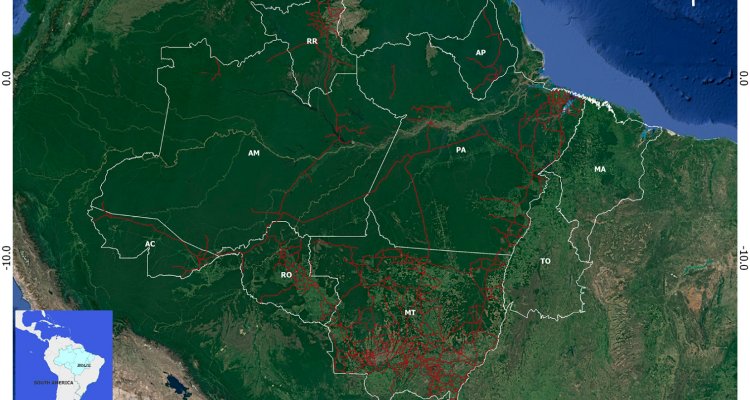
News
A spatiotemporal geostatistical hurdle model approach for short-term deforestation prediction
A paper of Marcio Sales, Sytze de Bruin, Martin Herold, Phaedon Kyriakidis and Carlos Souza Jr: A spatiotemporal geostatistical hurdle model approach for short-term deforestation prediction, has been published in Spatial Statistics, Volume 21, Part A, August 2017, Pages 304-318.
doi.org/10.1016/j.spasta.2017.06.003
Abstract
This paper introduces and tests a geostatistical spatiotemporal hurdle approach for predicting the spatial distribution of future deforestation (one to three years ahead in time). The method accounts for neighborhood effects by modeling the auto-correlation of occurrence and intensity of deforestation, using a spatiotemporal geostatistical specification. Deforestation observations are modeled as a function of pertinent control variables, such as distance to roads and protected areas, and the model accounts for space–time autocorrelated residuals with non-stationary variance. Applied to the Brazilian Amazon, the model predicted the locations of new deforestation events with over 90% agreement. In addition, 100% of the deforestation intensity values were contained in the model’s confidence bounds. The features of the model and validation results qualify the model as a strong candidate for short-term deforestation modeling.
Keywords: Land cover models; Deforestation; Spatiotemporal modeling; Hurdle models